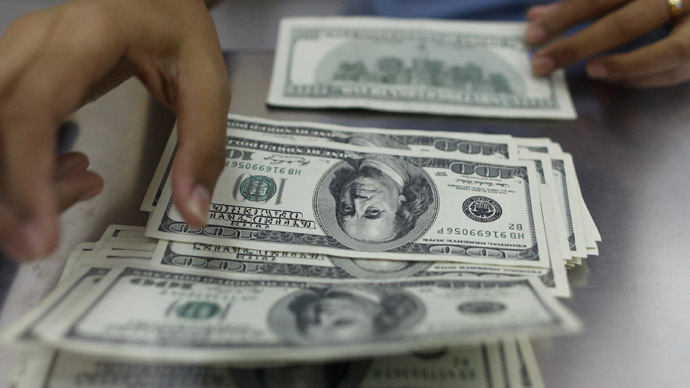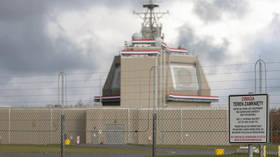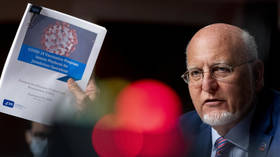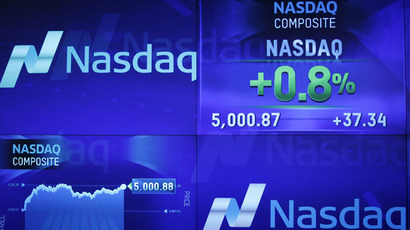US Fed loses its ‘patience’, investors prepare for rate lift-off

The US Federal Reserve has erased the word ‘patient’ from its language when referring to its interest rate hikes, signaling the bank is ready to raise rates in June, but no sooner.
“Today’s modification of our guidance should not be interpreted to mean we have decided on the timing of our increase,” Fed Chair Janet Yellen said in a news conference following Wednesday's statement.
“Just because we removed the word ‘patient’ from the statement doesn’t mean we are impatient,” the bank chief said.
‘Patient’ was economic policy speak that was used during the financial crisis, recession, and recovery periods to ensure investors that the bank planned to keep rates near zero, where they have been since 2008.
Stock markets greeted the news positively, with most indexes reversing earlier losses and closing higher Wednesday. The dollar first dropped on the news, but since has recovered.
Vroom vroom. Dollar motors back from its post-Fed tumble. Euro back down to $1.0650, where it was pre-Yellen: pic.twitter.com/UN4rnatYOG
— Jamie McGeever (@ReutersJamie) March 19, 2015
The Dow closed above 18000. On the flip side, US Treasury bonds felt pain, dipping below 2 percent for the first time since March 2.
In the quarterly summary, the Fed cuts its inflation target for 2015, as the strong US dollar, weak oil, and reduced US economic growth could all lower it to 2 percent.
Many worry the Fed is acting too quickly. One strong opponent of a rate hike is Ray Dalio, head of the world’s largest hedge fund Bridgewater Associates. He warned investors there could be a financial massacre if the bank raises rates too fast.
The Fed raised rates 8 years after the 1929 crash, however, the rate hike happened too soon, and the Dow lost half of its value between 1937 and 1938.
Yellen has continued the tradition of near-zero rates since she took over the helm of the central bank in February 2014.
Race to the bottom
A higher interest rate usually means investors get a higher return on sovereign credit, or bonds, so investors are waiting for interest rate rises. Many are hoping to shift their money from Europe, where central banks have already ventured into negative interest rates, or a so-called ‘race to the bottom’.
“Keeping US interest rates low is also a signal to the rest of the world that the race to the bottom hasn’t stopped,” Timur Turalov, the general director of Freedom Finance, a Moscow-based Investment firm, said in an emailed note Thursday.
“We will be in a situation of surplus money supply and inflation for a while and the world’s largest economies will compete with each other on these indicators,” Turalov said.
Switzerland, Denmark, and Sweden all cut lending rates below zero, in what is viewed as an alternative to quantitative easing – the monetary policy the US, Japan, and the EU have embraced.
After the financial crisis hit the US stock market, US share indexes tumbled. The Federal Reserve fought back with low interest rates and a stimulus plan, which ushered in recovery in the stock market and the economy.
“These rates will spur slow inflation- and this is the new reality that all of us will have to get used to. In this respect, stocks in multinational companies are seen as the only investment that can protect us from this race. Record high stock indexes we see today are proof of this,” Turalov said.














